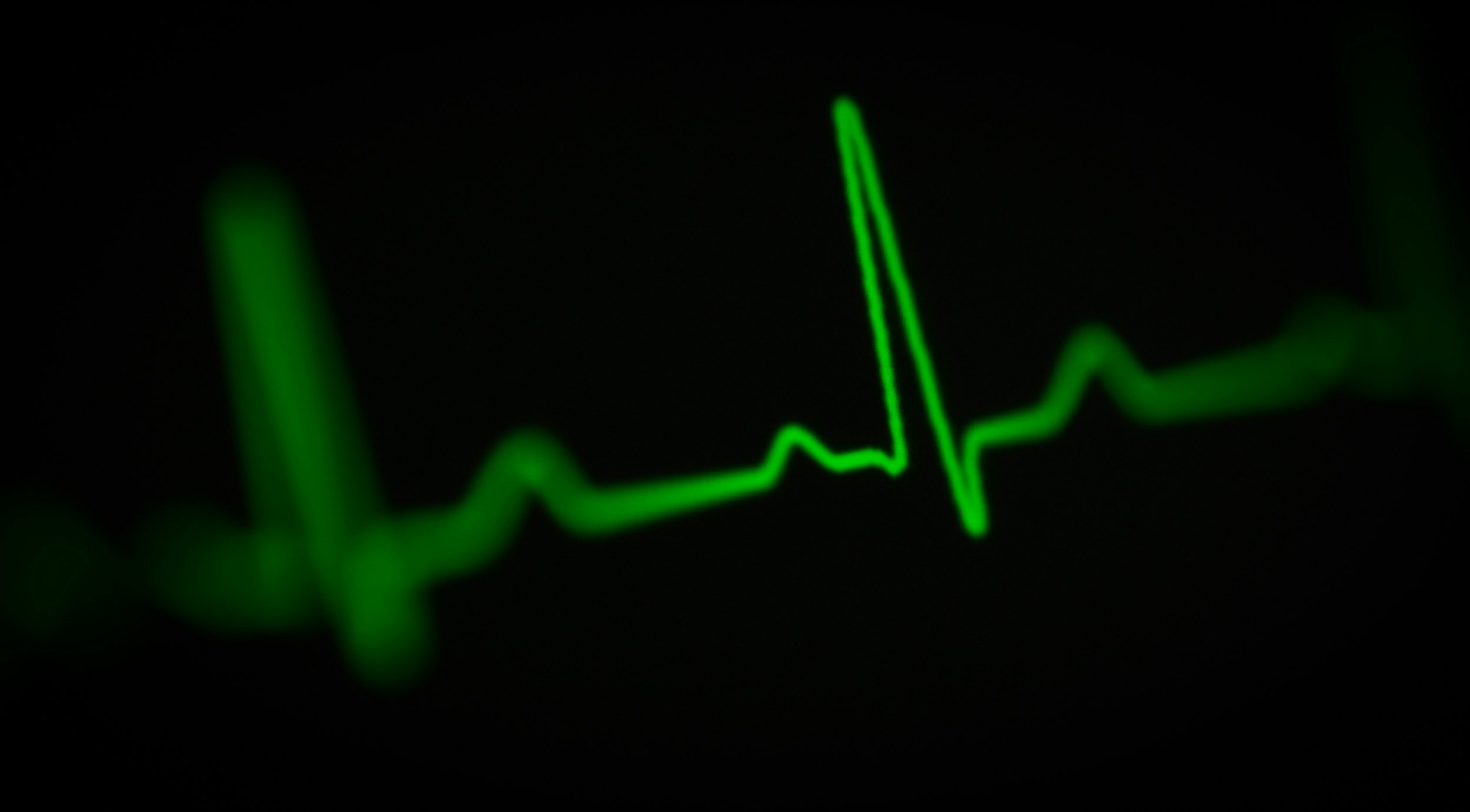
Pacemakers for Heart Rhythm Disorders: A Complete Patient Guide
I have implanted over 1000 devices in my career to date, and know what questions patients ask time and time again. I’ll answer a few of the most common questions below.
Pacemakers are small, life-saving medical devices used to manage abnormal heart rhythms, also known as arrhythmias. By sending electrical impulses to the heart, a pacemaker ensures that it beats at a normal, consistent rate. For millions of people around the world, pacemakers significantly improve quality of life and prevent serious complications such as fainting, fatigue, or even sudden cardiac arrest.
In this comprehensive guide, we’ll explain what a pacemaker is, how it works, who might need one, and how much the procedure typically costs.
What Is a Pacemaker?
A pacemaker is a small electronic device implanted under the skin, usually near the collarbone, to help regulate abnormal heart rhythms. It is designed to monitor your heartbeat and deliver electrical pulses to correct slow or irregular heart rates.
Key Components of a Pacemaker:
Pulse generator: Contains the battery and electronic circuitry.
Leads (wires): Deliver electrical impulses from the generator to the heart muscle.
Electrodes: Located at the end of each lead and in direct contact with the heart tissue.
Types of Pacemakers:
Single-chamber pacemaker – Stimulates one chamber of the heart, usually the right atrium or right ventricle.
Dual-chamber pacemaker – Coordinates stimulation between the right atrium and right ventricle.
Biventricular pacemaker (CRT) – Used for patients with heart failure; stimulates both ventricles to improve heart function.
Who Needs a Pacemaker?
Pacemakers are recommended for individuals with bradycardia (slow heart rate) or certain types of heart block. Some of the most common conditions treated with pacemakers include:
1. Bradycardia
When the heart beats too slowly, it can’t pump enough blood to the body. Symptoms include dizziness, fatigue, and fainting.
2. Heart Block
A condition where the electrical signals are delayed or blocked between the heart's upper and lower chambers.
3. Atrial Fibrillation with Slow Ventricular Response
Pacemakers may be used alongside medications or procedures like AV node ablation.
4. Heart Failure
A biventricular pacemaker (also known as cardiac resynchronization therapy or CRT) can improve coordination between the heart's chambers and increase pumping efficiency.
5. Congenital Heart Conditions
In some cases, pacemakers are implanted in children or young adults with congenital rhythm disorders.
How Does a Pacemaker Work?
A pacemaker continuously monitors the heart’s rhythm. When it detects a rhythm that is too slow or irregular, it sends tiny electrical impulses to prompt the heart to beat properly.
The impulses are painless and usually go unnoticed by the patient.
The device adjusts its pacing based on physical activity or rest.
Modern pacemakers often have remote monitoring capabilities, allowing doctors to track heart activity without frequent clinic visits.
What Is the Procedure Like?
What Is the Procedure Like?
Pacemaker Implantation Overview:
Setting: Usually performed in a hospital or outpatient surgical center.
Anesthesia: Local anesthesia with sedation is typically used.
Duration: The procedure takes about 1 to 2 hours.
Recovery: Most patients go home the same or next day and resume normal activities within a few days.
Post-Procedure:
Avoid heavy lifting and strenuous activities for a few weeks.
Avoid baths for a few weeks whilst the wound heals, try to keep the dressing dry.
Follow-up appointments are necessary to check battery life and pacemaker settings.
How Long Do Pacemakers Last?
Battery life: Most pacemaker batteries last 5 to 15 years, depending on usage.
When the battery runs low, the pulse generator can be replaced through a minor procedure.
Leads typically last longer and may not need replacement.
Risks and Complications
Pacemaker implantation is considered a low-risk procedure, but potential complications include:
Infection at the implant site
Lead displacement or malfunction
Allergic reaction to anesthesia or dye
Blood clots or bruising
Device malfunction (rare with modern pacemakers)
Living with a Pacemaker
After receiving a pacemaker, most people return to normal life, including work and exercise. Key considerations:
Avoid strong magnetic fields (e.g., MRIs, certain industrial equipment) unless the device is MRI-compatible.
Carry a pacemaker ID card at all times.
Regular device checks are necessary every 3–12 months.
Conclusion
Pacemakers are essential tools in managing serious heart rhythm disorders. Whether you're experiencing symptoms of bradycardia or have been diagnosed with heart failure, a pacemaker may be a vital part of your treatment plan. With today’s advanced technology, pacemakers are safer, smaller, and more reliable than ever.
If you or a loved one is considering a pacemaker, speak with a cardiologist or electrophysiologist to determine the best course of action.
You can read an article I wrote for the British Heart Foundation Heart Matters magazine on pacemakers.
FAQs
-
Most people return to light activities within a few days and to work within 1–2 weeks.
-
Yes, pacemakers are safe for air travel, but inform security personnel and carry your ID card.
-
Microwave ovens and most household electronics are safe. Just keep phones and devices several inches away from your chest.
want a second opinion on your Abnormal heart rhythm?
If you need to have a pacemaker implanted, Dr Li would be delighted to see you in clinic and give you an expert opinion.

